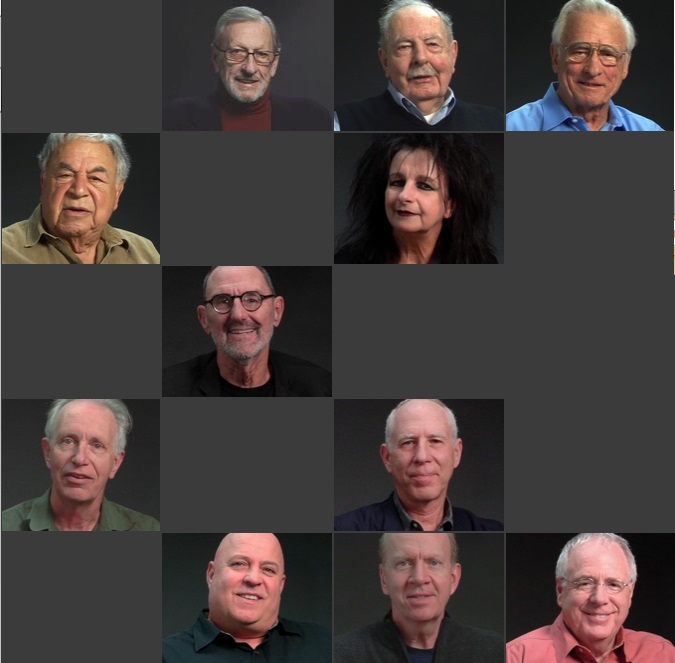 An attorney is asked to defend an architect in a claim for defective design of a geothermal HVAC system, which allegedly caused an explosion and several million dollars of property damage to an owner’s manufacturing facility. He reviews the file, making notes. The plaintiff is the owner’s casualty insurer, which has paid the claim and sued the general contractor in subrogation. It’s actually the general contractor who has named the architect as a third-party defendant, seeking contribution and indemnity. All sorts of interesting defenses present themselves: statute of repose (work was completed years ago), no common law indemnity claim, no negligence…but what about the contracts for the original project?
An attorney is asked to defend an architect in a claim for defective design of a geothermal HVAC system, which allegedly caused an explosion and several million dollars of property damage to an owner’s manufacturing facility. He reviews the file, making notes. The plaintiff is the owner’s casualty insurer, which has paid the claim and sued the general contractor in subrogation. It’s actually the general contractor who has named the architect as a third-party defendant, seeking contribution and indemnity. All sorts of interesting defenses present themselves: statute of repose (work was completed years ago), no common law indemnity claim, no negligence…but what about the contracts for the original project?
Contained within the AIA A201 General Conditions is a boiler plate “waiver of subrogation” clause. It appears to bar subrogation claims for damages covered by insurance on the property. The owner’s carrier picked up the tab, so how can it sue in subrogation now? Are these waivers of subrogation provisions enforceable?
Since the project is in North Carolina, our inquiry starts with a 1987 North Carolina Court of Appeals decision, St. Paul Fire & Marine Insurance Company v. Freeman-White Associates, Inc. The case involves an architect who performed design services for a Charlotte, North Carolina hospital. During construction, a wing of the hospital collapsed, causing significant property damage. The hospital’s insurer paid the claim under an “all risk” policy and then sued the architect in subrogation. The agreements between the parties to the construction incorporated the AIA A201 General Conditions, including its standard waiver of subrogation clause, and the clause was applied by the trial court to dismiss the complaint against the architect under Rule 12(b)6. Unfortunately, on appeal, the court of appeals declined to enforce the waiver of subrogation provision and reversed the trial court’s dismissal.
The rationale? The appeals court held that because the contract required the architect to provide coverage for its own errors and omissions, the contract was susceptible to two interpretations: 1) the true intent of the contracting parties was that the owner would waive all claims for damages against which the owner had insured itself; or 2) the contracting parties intended for the architect to insure against its own negligence in order to negate the waiver as to losses caused by the architect’s negligence.
Not a great result for the client. However, St. Paul Fire & Marine Insurance Company v. Freeman-White Associates, Inc. is a 1987 decision. Surely there has been some better law made since then…
Waiver of Subrogation in General in Construction Contracts
“Subrogation is the substitution of [one person or entity] to the position of another, an obligee, whose claim he has satisfied…” Thus, in the insurance context, the doctrine of subrogation allows an insurer who has indemnifed its insured to step into the shoes of its insured and sue any at-fault party which may have caused the damages. The right of subrogation may arise by equitable, common law principles, or by virtue of any express assignment in the insuring agreement. The policies underlying subrogation are appealing: 1) it feels “fair” that the ultimate liability for a loss should land on the wrongdoer, not an insured’s insurer; 2) in theory, subrogation should keep insurance premiums down; and 3) parties remain incentivized to avoid mistakes. In addition, fault-based claims in the midst of construction can cause delays and increased hostility during the project. Costly litigation would ensue, the avoidance of which was one of the purposes for which the property insurance was originally obtained. Continue reading “Waiver of Subrogation: A Valid Defense for Architects and Engineers?”







